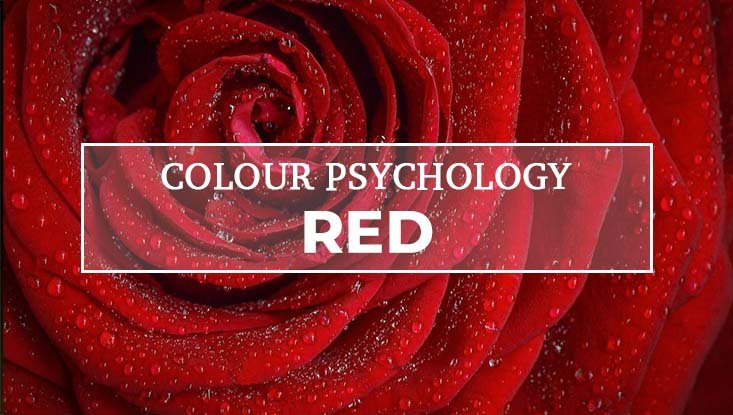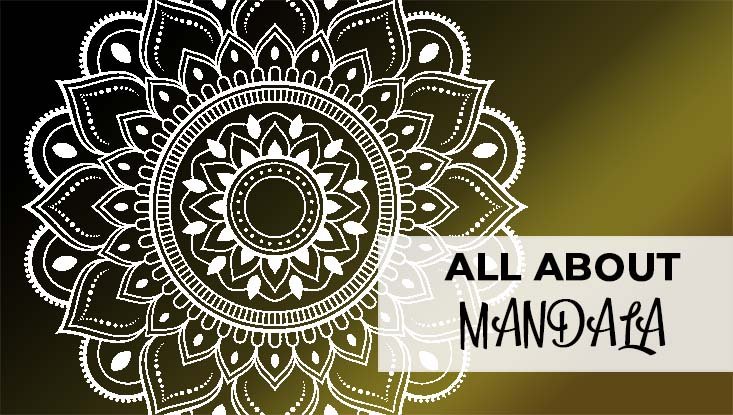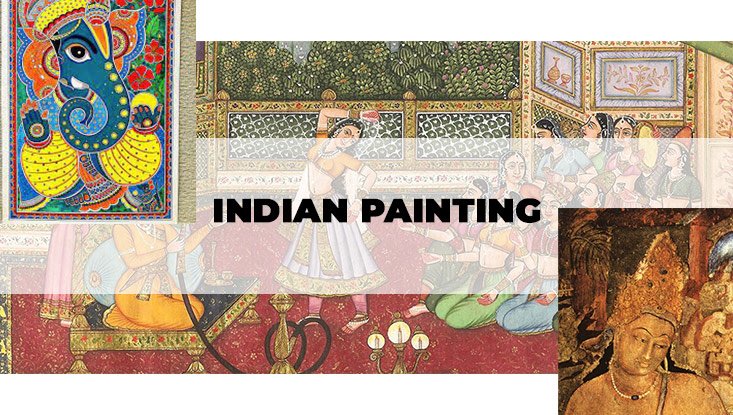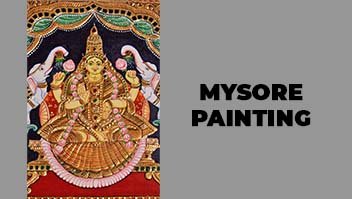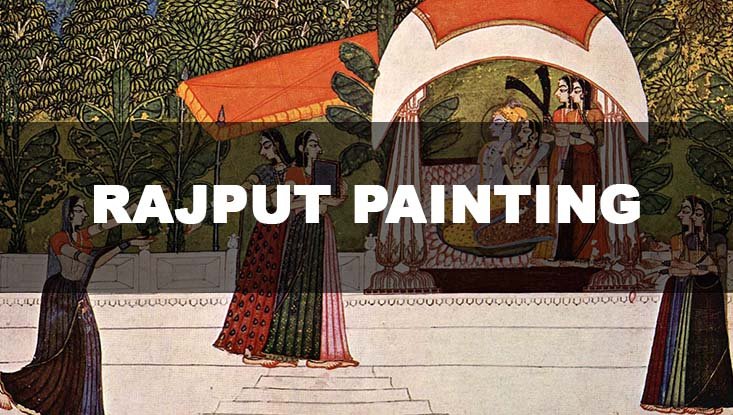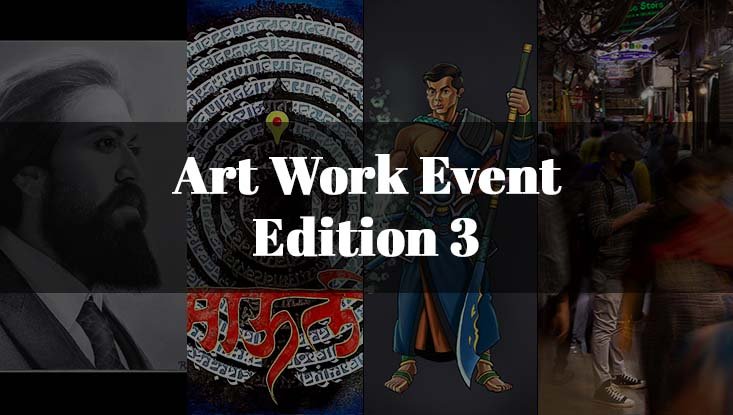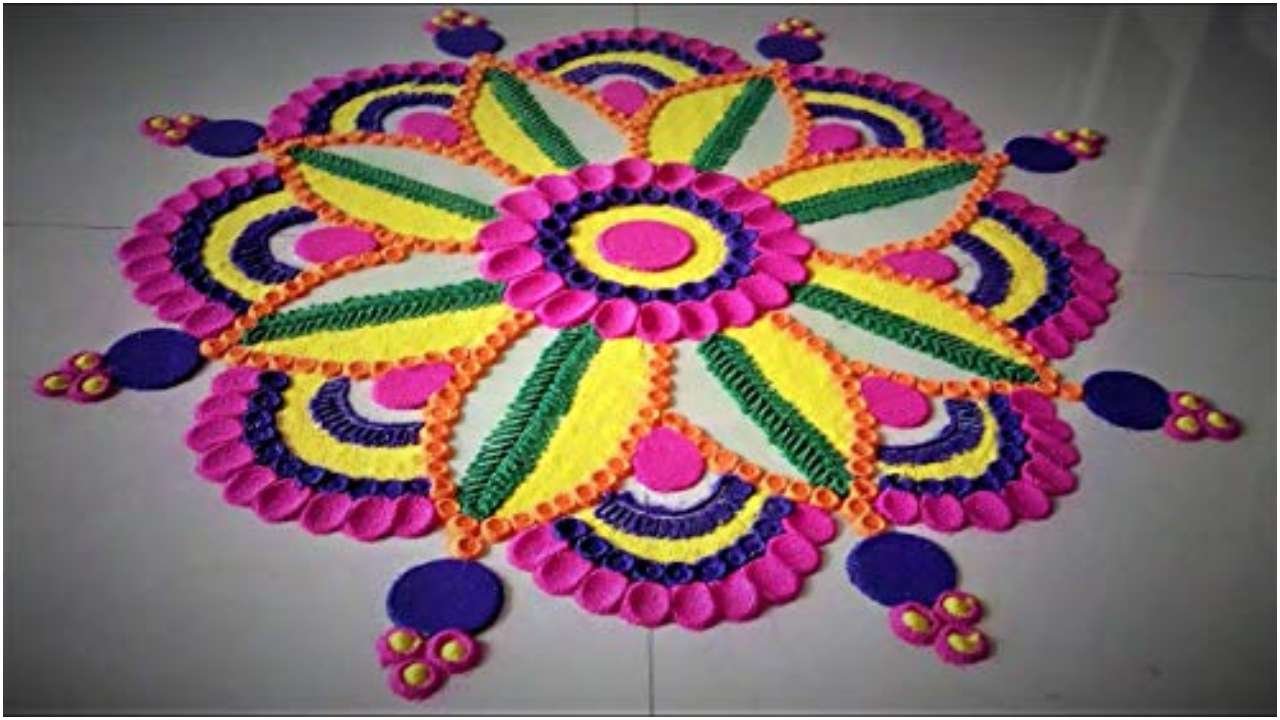COLOUR PSYCHOLOGY - RED
COLOUR PSYCHOLOGY - RED is the ........ r and Warning Red is one of the most noticeable hues in the colour spectrum due to its long wavelength (second only to yellow). Its capacity to rapidly capture people's attention is why it is frequently employed to warn people of approaching danger. Consider the following: stop signs, sirens, fire trucks, and red traffic lights. In a non-literal sense, red is sometimes used to indicate danger. Using the phrase "in the red" to express financial loss or "red flag" to signal when anything is amiss with a person or circumstance are two examples. Exitement and Energy. This vibrant colour is also connected with excitement. According to studies, being exposed to or wearing red can elicit bodily consequences such as elevated blood pressure, enhanced metabolism, increased heart rate, and increased breathing rate. All of these physiological changes create an increase in your energy levels. Aggression People automatically equate red with the notion of rage across cultures. This association makes logical considering that when individuals are furious, their faces get red due to increased blood flow. Dominance The colour red can influence more than only mood and emotions. Wearing the colour red might also boost your chances of winning in sports. Passion and Desire However, red does not necessarily indicate Read More

